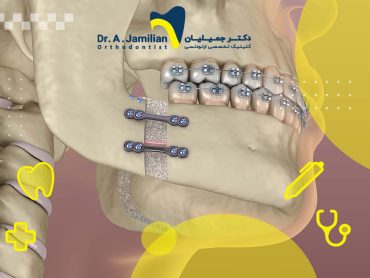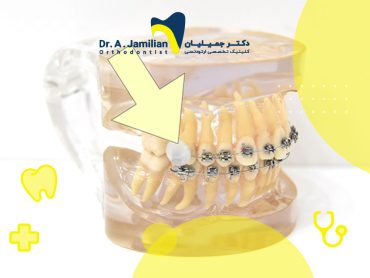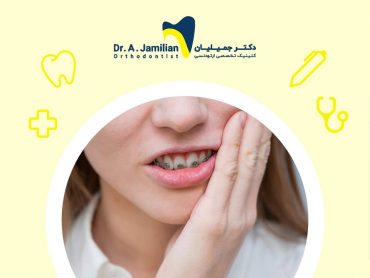Did you know that orthodontics change the position of the patient’s teeth and jaws by applying pressure to them? The gradual pressure applied to teeth slowly moves the jaws to correctly fit together. It’s to the extent to which the jaws move depends on the pressure applied. Using this; orthodontists can form the balance of the position of jaws.
The jaws will be malpositioned when the upper and lower teeth cannot properly fit together. In most cases, the maxilla and the mandible are slightly forward or backward, which is considered a maxillomandibular abnormality. Dentists and orthodontists often offer a wide range of treatment options, each of which may last one year or more to achieve the desired result.

Malocclusions
A malocclusion is a misalignment or incorrect relation between the teeth of the two dental arches when they approach each other by closing the jaws. There are three classes of malocclusions. In Class I, the jaws are in their natural position but there may be types of crossbites, open bites, crowded teeth, and gaps between the teeth. In Class II, the upper jaw and teeth severely overlap the lower jaw and teeth. Finally, Class III occurs when the lower jaw protrudes or juts forward, causing the lower jaw and teeth to overlap the upper jaw and teeth.
Based on the type and severity of malocclusions, fixed or removable orthodontics may be applied to correct the position of jaws. Depending on the patient’s age and the type of malocclusion, orthodontic treatments often are followed by maxillofacial surgery in some cases to achieve the desired therapeutic result.
Orthodontic treatment of Class-II malocclusions
An abnormally forward maxilla is a Class-II malocclusion. The orthodontic treatment for this will be to aim to push the upper jaw and teeth backward. The maxilla overlaps the mandible in a Class-II malocclusion, and functional treatments are required to push the mandible forward. In general, orthodontic treatments can more effectively correct Class-II malocclusions before puberty.

Orthodontic treatment of Class-III malocclusions
The orthodontic treatment of Class-III malocclusions causes the lower jaw and teeth to move backward returning them to their normal position. The intraoral or extraoral appliances registered by Dr. Jamilian in the US Patent and Trademark Office can also be used to push the maxilla forward. However, maxillofacial surgery may be required for the treatment of some Class-III malocclusions.
Complications of maxillomandibular asymmetry
Maxillomandibular asymmetry can affect the patient’s life. Patients with this malocclusion have difficulty in eating, breathing, sleeping, and speaking. The movements of the jaws may additionally cause annoyance. Children with maxillomandibular asymmetry feel less comfortable than their peers and may be less interested in eating and chewing foods. Orthodontics can treat all these disorders by correcting the position of the jaws.

What are the ultimate effects of orthodontics on jaws?
Orthodontic appliances can correct crowded teeth and all malocclusions based on an ideal treatment plan. Orthodontic brackets and archwires are placed on teeth at regular intervals, and orthodontists usually recommend parents to use these appliances for one to two years. These appliances apply pressure to teeth and gradually push the jaws to their normal position. Maxillomandibular asymmetry is a serious malocclusion, but it can be permanently treated by orthodontic methods. At the end of a meticulously planned orthodontic treatment, teeth will be completely aligned and well-positioned and jaws will be in their normal position.







